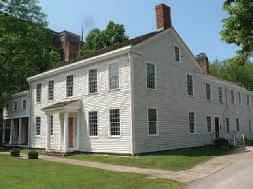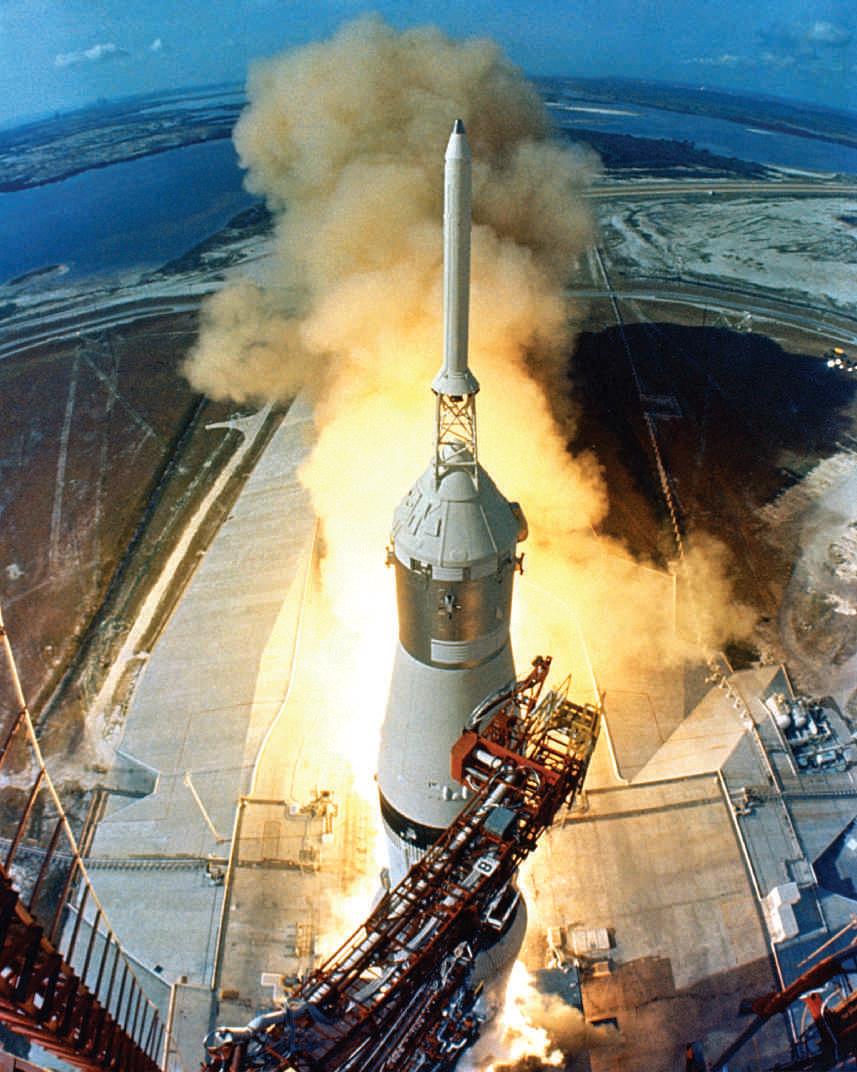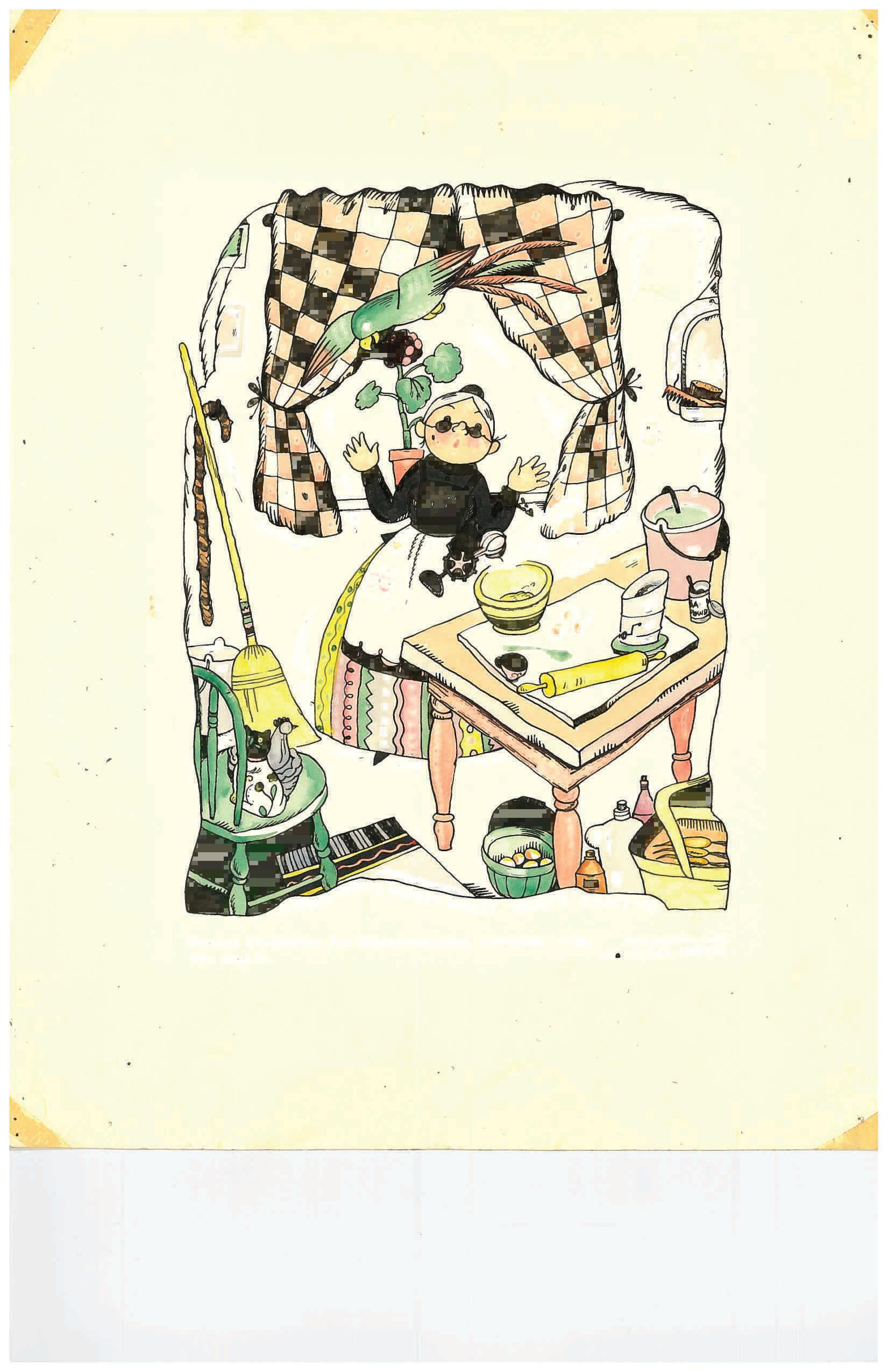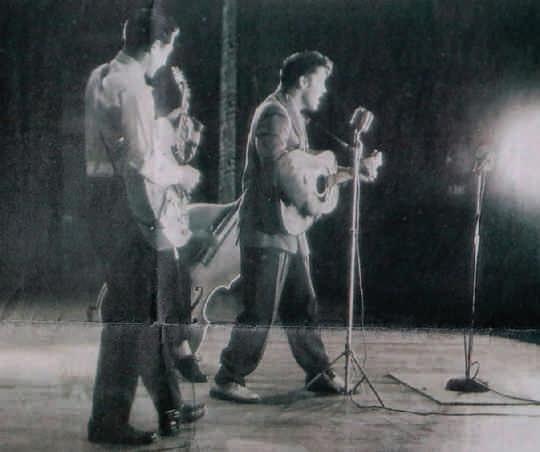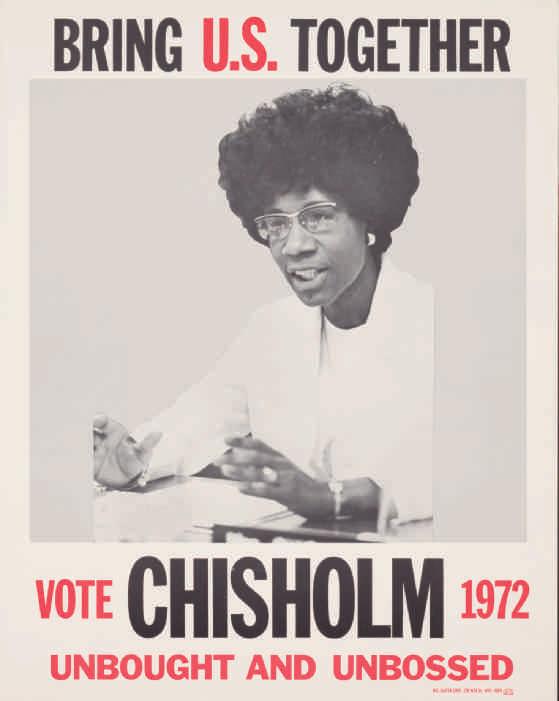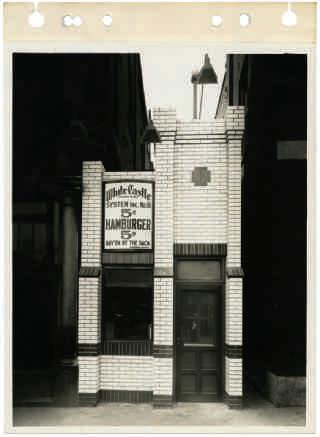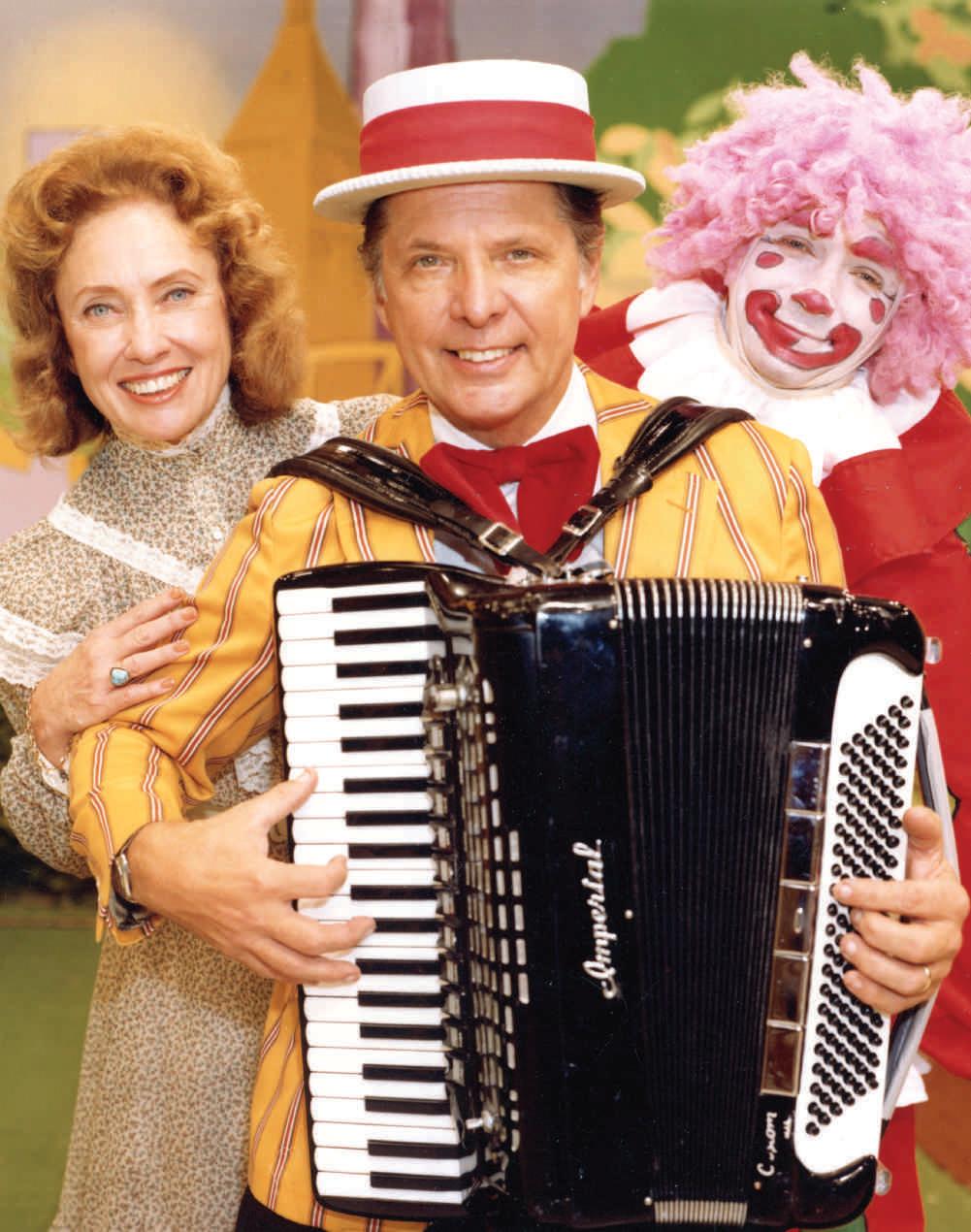
3 minute read
Reviews
Shop our Ohio History Store at ohiohistorystore.com for this book and more.
BOOK
Sparks Flew: WOSUʼs Century on the Air by Thomas M. Rieland
Perhaps Thomas Rieland was destined for radio and television. In his preface for Sparks Flew, he writes of his childhood, “The Rieland boys may have been inspired by our dad’s craving for some of the latest technology. We were the first in the neighborhood to buy a color TV in the early 1960s, and neighbors would show up to watch broadcasts of Walt Disney’s Wonderful World of Color.” When he was 13, Rieland “pulled the Revere (reel-to-reel recorder) out of the attic to tape songs off the radio and then erase everything between the music and record my own pubescent voice mimicking a local disc jockey.” By the time he was in college, he had announcing jobs at three La Crosse, Wisconsin, radio stations. He left the Center for Public Television & Radio at the University of Alabama in the fall of 2002 to become the general manager of WOSU Public Media, hence this history of The Ohio State University’s “century on the air.” Sparks Flew begins in the early days of radio, when OSU engineering student Robert Marriott studied Hertzian waves and built a homemade receiver in the early 1900s. By 1902, Marriott was living in California, where he launched the first commercial wireless station on the Pacific Coast, at Santa Catalina Island southwest of Los Angeles. When radio exploded during the 1920s, Ohio State remained at the forefront of the new technology with the first broadcast of 8XI (experimental call letters) on April 24, 1922. In Sparks Flew, Rieland is particularly generous with the interesting details of his stories. He writes that the first broadcast “included musical selections on 78 rpm records courtesy of the Victor Talking Machine Company. Selections included the Paul Whiteman Orchestra performing Poet and Peasant, Honolulu Eyes and Ty-Tee.” He tells another funny story about a fraternity that charged 10 cents a head at a 1922 university carnival to put headphones on and listen to the powerful KDKA station out of Pittsburgh. But all they could get was static. Fraternity members “tracked down the radio operator in charge of Ohio State’s transmitter” and recruited 15 members of the OSU marching band to play music, which was billed as coming from KDKA. “No one was the wiser.”
During the 1923–1924 school year, WEAO (later WOSU) “broadcast 174 lectures, daily market and weather reports for farmers, a variety of music programs, and OSU football games,” strengthening its mission to educate Ohioans. Construction began on WOSU TV studios in 1954.
Rieland’s history is meticulously researched and wide-ranging. He touches on all the significant national events that had impacts on the radio and television industries. But he never forgets his reader or the human face of his subject. Near book’s end, Rieland quotes a poem Columbus Dispatch columnist Joe Blundo wrote in honor of Open Line host Fred Anderle’s last show: “Twixt 13-minute commercial break, / A maelstrom of BS and bile / From end to end on the radio dial, / And where to find shelter from the dread? / In the one safe harbor, name of Fred. / Tender eardrums did he spare / From bombast bursting on the air.” —Bill Eichenberger, Echoes Magazine Top: WOSU radio was the first educational station to provide an audience guide, starting in 1926. Middle: Station engineers installed and serviced UHF converters at the request of WOSU-TV viewers, making more than 1500 service calls in the first year on air. Bottom: John and Mary Schmidt hosting and singing for Songs for a Summer Evening, a live musical series that began in July 1956.
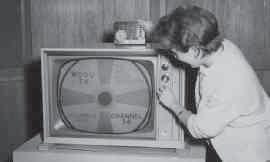
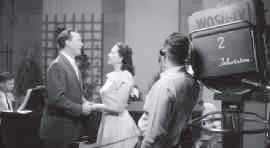
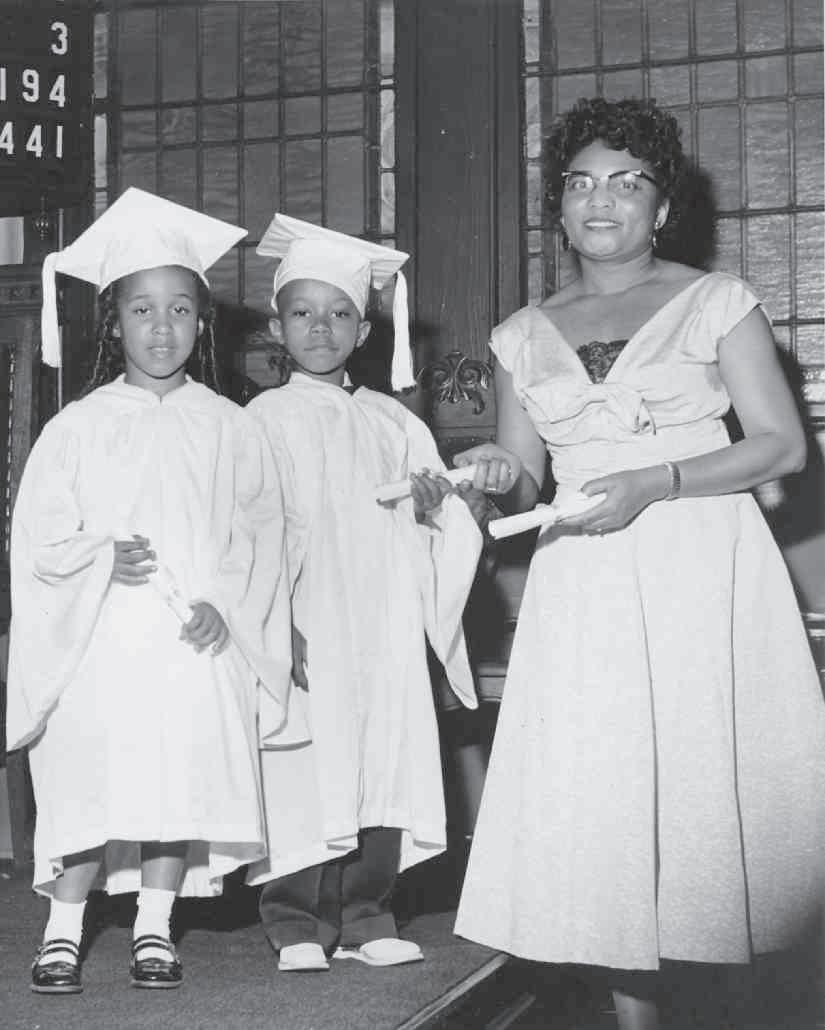
Elminie Holland Rickman, founder of Rick's Child Guidance Center in Columbus, awards diplomas to kindergarten graduates about 1960.

